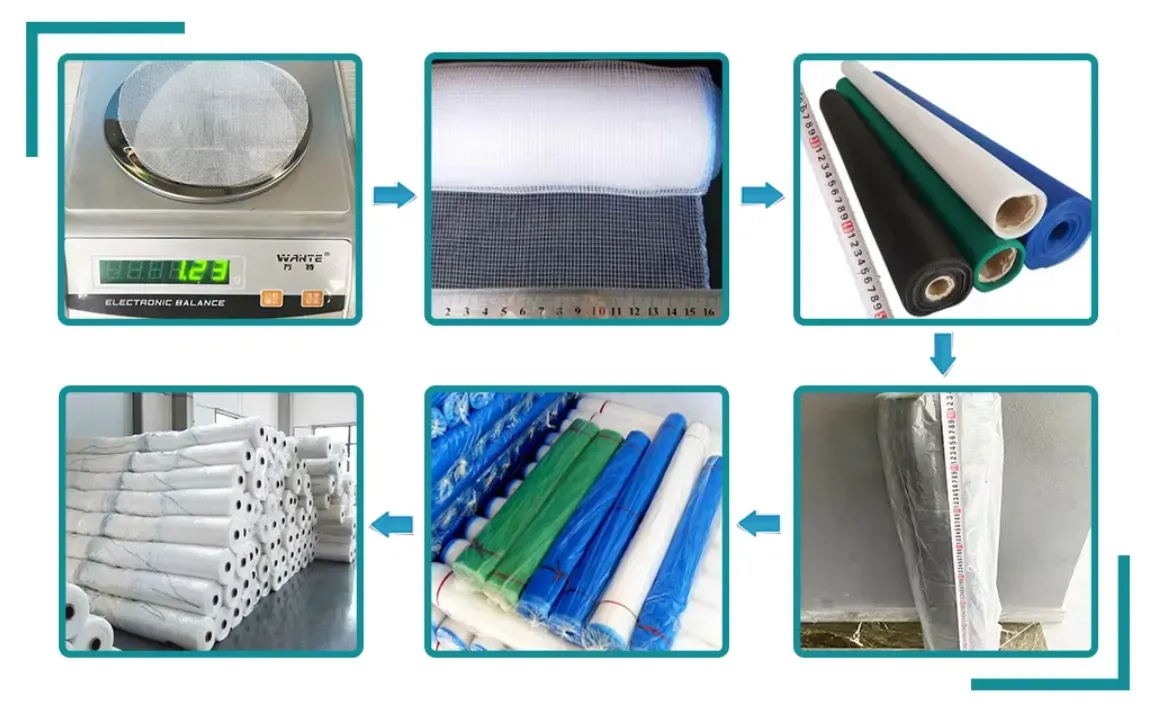-
 Afrikaans
Afrikaans -
 Albanian
Albanian -
 Amharic
Amharic -
 Arabic
Arabic -
 Armenian
Armenian -
 Azerbaijani
Azerbaijani -
 Basque
Basque -
 Belarusian
Belarusian -
 Bengali
Bengali -
 Bosnian
Bosnian -
 Bulgarian
Bulgarian -
 Catalan
Catalan -
 Cebuano
Cebuano -
 China
China -
 Corsican
Corsican -
 Croatian
Croatian -
 Czech
Czech -
 Danish
Danish -
 Dutch
Dutch -
 English
English -
 Esperanto
Esperanto -
 Estonian
Estonian -
 Finnish
Finnish -
 French
French -
 Frisian
Frisian -
 Galician
Galician -
 Georgian
Georgian -
 German
German -
 Greek
Greek -
 Gujarati
Gujarati -
 Haitian Creole
Haitian Creole -
 hausa
hausa -
 hawaiian
hawaiian -
 Hebrew
Hebrew -
 Hindi
Hindi -
 Miao
Miao -
 Hungarian
Hungarian -
 Icelandic
Icelandic -
 igbo
igbo -
 Indonesian
Indonesian -
 irish
irish -
 Italian
Italian -
 Japanese
Japanese -
 Javanese
Javanese -
 Kannada
Kannada -
 kazakh
kazakh -
 Khmer
Khmer -
 Rwandese
Rwandese -
 Korean
Korean -
 Kurdish
Kurdish -
 Kyrgyz
Kyrgyz -
 Lao
Lao -
 Latin
Latin -
 Latvian
Latvian -
 Lithuanian
Lithuanian -
 Luxembourgish
Luxembourgish -
 Macedonian
Macedonian -
 Malgashi
Malgashi -
 Malay
Malay -
 Malayalam
Malayalam -
 Maltese
Maltese -
 Maori
Maori -
 Marathi
Marathi -
 Mongolian
Mongolian -
 Myanmar
Myanmar -
 Nepali
Nepali -
 Norwegian
Norwegian -
 Norwegian
Norwegian -
 Occitan
Occitan -
 Pashto
Pashto -
 Persian
Persian -
 Polish
Polish -
 Portuguese
Portuguese -
 Punjabi
Punjabi -
 Romanian
Romanian -
 Russian
Russian -
 Samoan
Samoan -
 Scottish Gaelic
Scottish Gaelic -
 Serbian
Serbian -
 Sesotho
Sesotho -
 Shona
Shona -
 Sindhi
Sindhi -
 Sinhala
Sinhala -
 Slovak
Slovak -
 Slovenian
Slovenian -
 Somali
Somali -
 Spanish
Spanish -
 Sundanese
Sundanese -
 Swahili
Swahili -
 Swedish
Swedish -
 Tagalog
Tagalog -
 Tajik
Tajik -
 Tamil
Tamil -
 Tatar
Tatar -
 Telugu
Telugu -
 Thai
Thai -
 Turkish
Turkish -
 Turkmen
Turkmen -
 Ukrainian
Ukrainian -
 Urdu
Urdu -
 Uighur
Uighur -
 Uzbek
Uzbek -
 Vietnamese
Vietnamese -
 Welsh
Welsh -
 Bantu
Bantu -
 Yiddish
Yiddish -
 Yoruba
Yoruba -
 Zulu
Zulu
Innovative Applications of Stretched Steel Mesh in Modern Architecture and Design
The Significance of Stretched Steel Mesh in Modern Construction
In the rapidly evolving world of construction materials, stretched steel mesh has emerged as a pivotal element for a variety of applications. This innovative material combines the strength of steel with remarkable flexibility and lightweight properties, making it an indispensable choice in various sectors. From architectural aesthetics to structural integrity, stretched steel mesh is redefining standards in the industry.
What is Stretched Steel Mesh?
Stretched steel mesh is essentially a form of wire mesh that has been stretched to increase its surface area and provide enhanced durability. The process involves drawing a pre-formed sheet of metal, typically steel, through a machine that elongates and shapes it into a mesh pattern. The mesh can come in various sizes and configurations, offering versatility for different uses. It is commonly utilized in construction, landscaping, and even in artistic installations due to its unique properties.
Applications in Construction
1. Architectural Cladding One of the most notable applications of stretched steel mesh is in architectural cladding. It offers a modern aesthetic that appeals to contemporary designs. The ability to customize the appearance of the mesh by altering the spacing and size of the apertures allows architects and designers to be innovative while ensuring structural support. The mesh can also provide a clear view while maintaining safety and security, making it an excellent choice for facades, balconies, and staircases.
2. Reinforcement in Concrete Structures Stretched steel mesh serves as reinforcement in concrete structures, significantly enhancing their tensile strength. When integrated into concrete slabs, the mesh helps distribute loads evenly, reducing the risk of cracking and structural failure. This is especially crucial in areas prone to seismic activities, where reinforced structures are essential for safety.
3. Environmental Solutions Stretched steel mesh is also employed in environmental applications, such as erosion control and landscaping. Its ability to provide excellent drainage while preventing soil erosion makes it an attractive choice for environmentally-sensitive areas. Moreover, it can be used in gabion walls, which are structures composed of wire mesh filled with stones, providing both functionality and aesthetic appeal in landscaping.
stretched steel mesh

Benefits of Stretched Steel Mesh
1. Durability Steel is known for its high strength-to-weight ratio, ensuring that stretched steel mesh can withstand harsh environmental conditions. Its resistance to rust and corrosion, especially when treated with coatings, makes it ideal for both indoor and outdoor applications.
2. Versatility The range of finishes and sizes available in stretched steel mesh enables its use in diverse projects. Whether it's for industrial applications, public art, or residential design, its adaptability is a key advantage.
3. Cost-Effectiveness While initial costs may be higher than some traditional materials, the long-term savings associated with maintenance, durability, and energy efficiency often justify the investment. Its lightweight nature can also reduce transportation costs and ease installation.
4. Aesthetic Appeal Beyond its functional attributes, stretched steel mesh boasts an appealing modern look. It can be incorporated into various design styles, enhancing the visual impact of a structure while offering transparency and lightness.
Conclusion
Stretched steel mesh is transforming the construction landscape, presenting a unique blend of strength, flexibility, and aesthetic appeal that is hard to match. Its application across various domains—whether in infrastructure, architectural design, or environmental conservation—underscores its versatility and relevance in today's building practices. As architects, designers, and engineers continue to seek innovative solutions, the role of stretched steel mesh is likely to expand, fostering a future where strength and beauty coexist in harmony. By embracing this remarkable material, the construction industry can ensure not only the safety and durability of structures but also contribute positively to the visual and environmental fabric of our communities.
-
Shipping Plastic Bags for Every NeedNewsJul.24,2025
-
Safety Netting: Your Shield in ConstructionNewsJul.24,2025
-
Plastic Mesh Netting for Everyday UseNewsJul.24,2025
-
Nylon Netting for Every UseNewsJul.24,2025
-
Mesh Breeder Box for Fish TanksNewsJul.24,2025
-
Expanded Steel Mesh Offers Durable VersatilityNewsJul.24,2025











